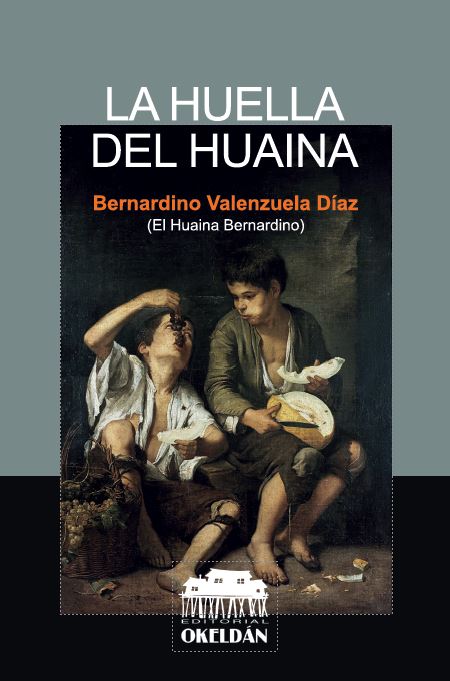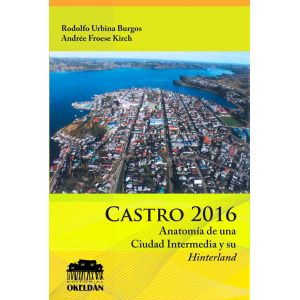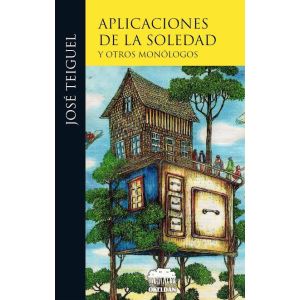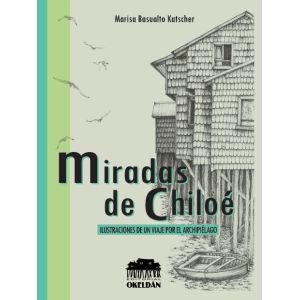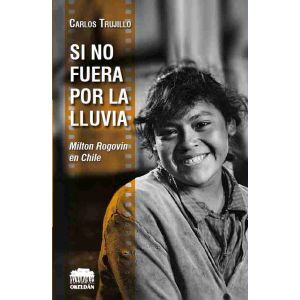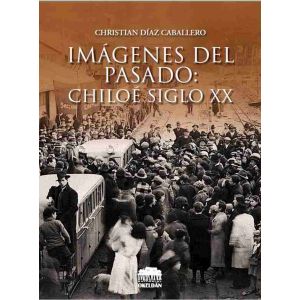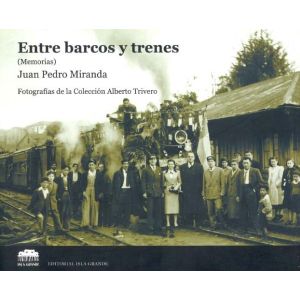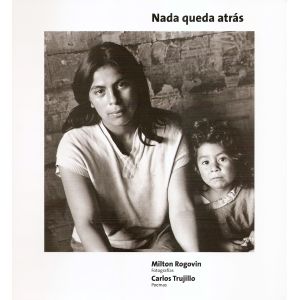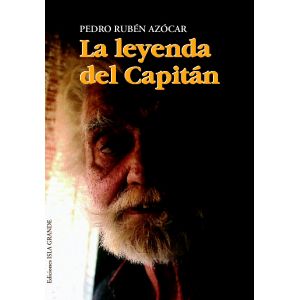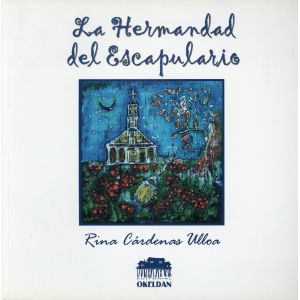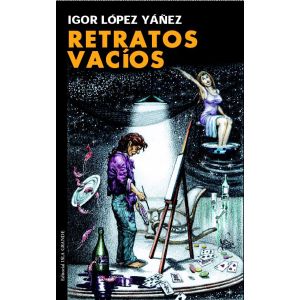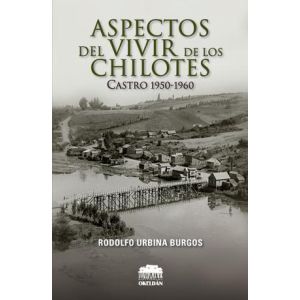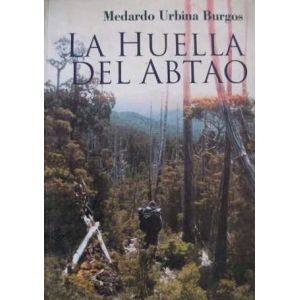Carlos Trujillo, University professor, recently punblished his book "Si No Fuera por la Lluvia", wich he discussed with University students at an even in the Connelly Center Monday, Jan.27.
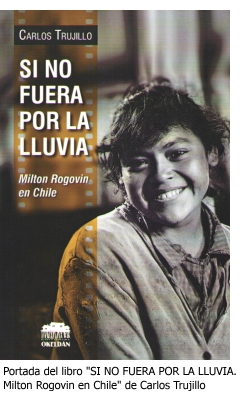 "Si No Fuera por la Lluvia", meaning "If it were not for the rain", contains the journal and correspondance of world renowned documentary photographer Milton Rogovin from his 1967 tip to Chile, specifically to the island of Chiloe, where Trujillo is from. Rogovin taveled to Chiloe a te suggestion of Nobel Prize-winning poet Pablo Neruda.
"Si No Fuera por la Lluvia", meaning "If it were not for the rain", contains the journal and correspondance of world renowned documentary photographer Milton Rogovin from his 1967 tip to Chile, specifically to the island of Chiloe, where Trujillo is from. Rogovin taveled to Chiloe a te suggestion of Nobel Prize-winning poet Pablo Neruda.
Rogovin was know for his photographs, wich featured people who were impoverished.
"He dedicated his life to going around the world to put these people that no one will remember if not for this picture".
Rogovin's daughter Ellen approached Trujillo en 2004, after lectures were held at the University that celebrated what would have been Neruda's 100th birthday. Ellen Rogovin explained to Trujillo that she was looking for a women in one of her father's photographs who had become endeared to the Rogovin family, and needed the help of a native to find her. Though skeptical at the time, Trujillo agreed, and a few days later received a box of about fourthousand pictures.
The mystery woman was featured in Milton Rogovin's exhibits all over the world, and became know as "La Madona" (the Madonna). Unsure of how to assit in finding her, Trujillo decided to write a lengthy article about Neruda an Milton Rogovin and sent it in to a Chilean newspapaer. At the end of the article, Trujillo urged readers to study the photograph and if the recognized "La Madona" to email him.
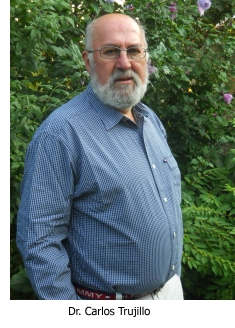
Astonishingly, the next day Trujillo received a response. "It was magical", Trujillo said. The man who emailed Trujillo had been to many of his poetry recitals, and immediately offered to help in the search to find "La Madona". After two or three trips and assistance from police investigations, the found her. He showed "La Madona" the picture, wich moved her very much. She explained that this was the only picture she had of her and her daughter, who was tragically killed when she was run over by a school bus.
Trujillo was fascinated by the story of Rogovin's trip to Chiloe, and because of all the good Rogovin had done by talking pictures of the people of Chiloe and making them important, he felt moved to do something in return for Rogovin.
Trujillo began to research the journals of Rogovin's trip to Chile. He meticulously translated decoded Rogovin's journal --which was written backwards-- to understand the story of his travels. It became very evident that Rogovin aspired to do a collaborative work with Pablo Neruda, but due to several miscommunications, never fulfilled this goal.
Although Neruda has long since passed, Trujillo wanted to make Rogovin's dream a reality, and so he decided to write a poem to correspond with five of Rogovin's pictures, which makes up the book "Si No Fuera por la Lluvia".
Trujillo's book tells a beautifull tale of adventure. His gracefully contrived poems bring Rogovin's pictures to life in way that is artistic and nothing short of phenomenal.

